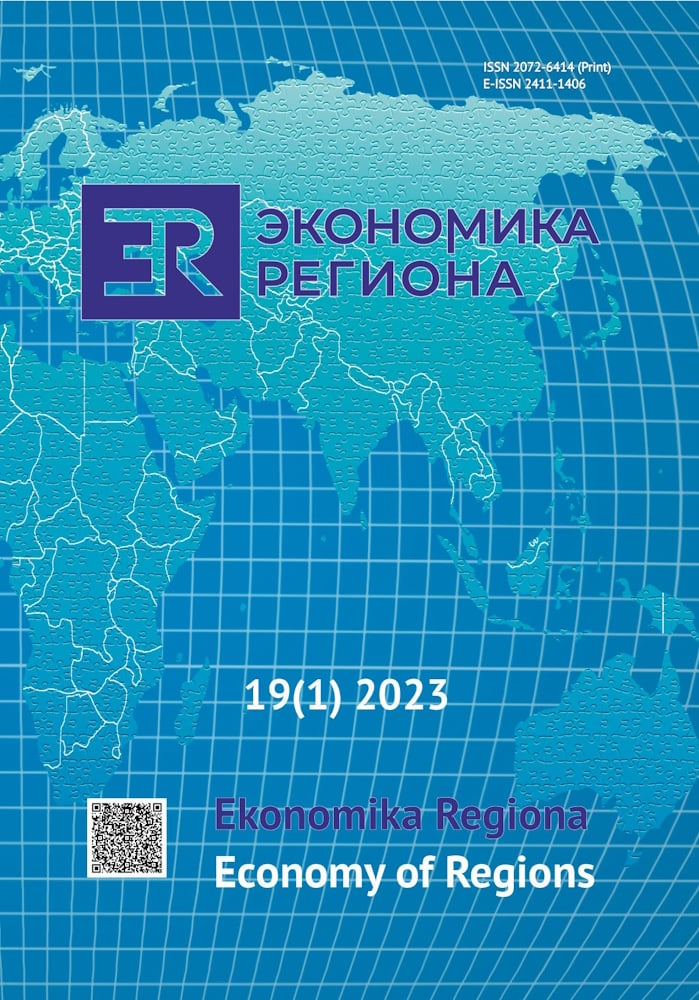Analysis of the Key Directions of Low-Carbon Transformation of the Moscow Economy for the Period until 2035
DOI:
https://doi.org/10.17059/ekon.reg.2023-1-19Keywords:
emissions, greenhouse gases, low-carbon agenda, Moscow, transport, electric vehicles, energy efficiency, housing construction, housing and communal services, electricity, heatAbstract
The adoption of the Strategy for the socio-economic development of the Russian Federation with low greenhouse gas emissions until 2050 requires considering the climate aspect of strategic planning, including at the regional and city levels. The article analyses key areas of low-carbon transformation of the Moscow economy. The study is based on the methods of mathematical modelling and scenario forecasting, utilised to estimate direct greenhouse gas emissions from energy and fuel consumption. Moscow is the leading region in terms of reducing greenhouse gas emissions, as they decreased by 9 % in 2012–2019 due to the modernisation of the energy sector, use of cogeneration, and development of urban transport. For the period until 2035, a realistic and achievable goal is to reduce emissions by another 7–11 %. To this end, it is necessary to strengthen measures in the following areas: energy-efficient capital repairs and construction (including the renovation programme); automation of central heating systems and heat supply units of buildings and housing and communal services; full electrification of public transport; promotion of fuel efficiency and the use of electric vehicles (personal and commercial transport, taxi, carsharing, delivery). In the energy sector, we recommend to maintain the existing generating capacities and purchase the rest on the surplus energy market rather than forcibly increase power generation. To ensure low-carbon transformation of Moscow, the criterion of the impact of adopted measures on emissions should be introduced and considered when planning city programmes, development schemes and investment projects. The research findings may be used to create strategic planning documents for Moscow.
Downloads
Published
How to Cite
Issue
Section
License
Copyright (c) 2023 Александр Широв

This work is licensed under a Creative Commons Attribution 4.0 International License.




